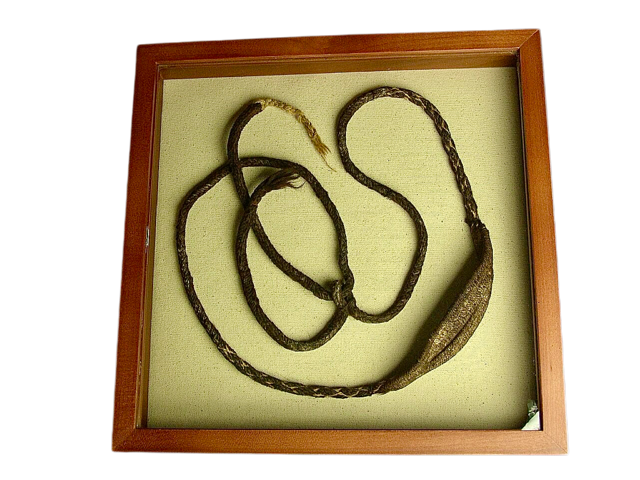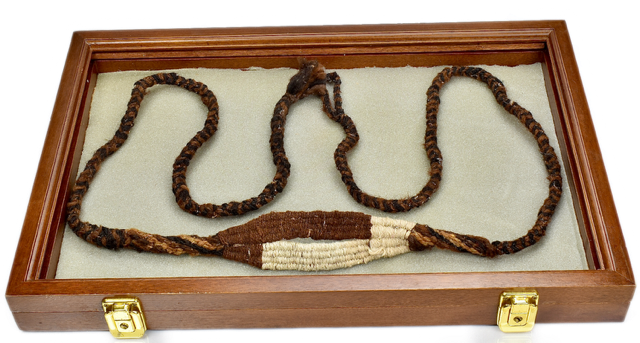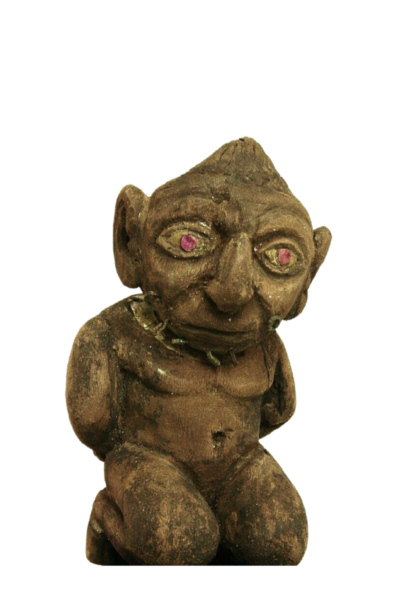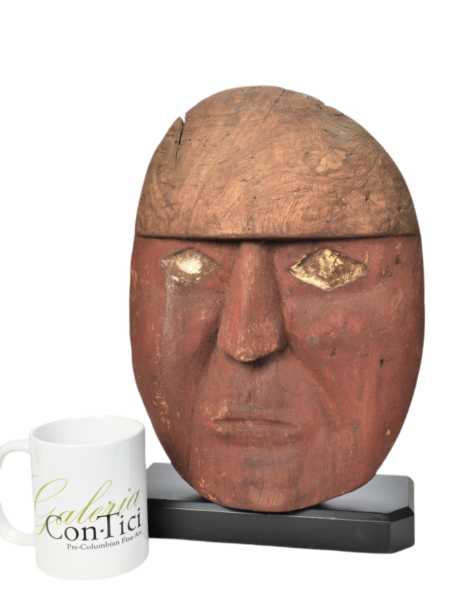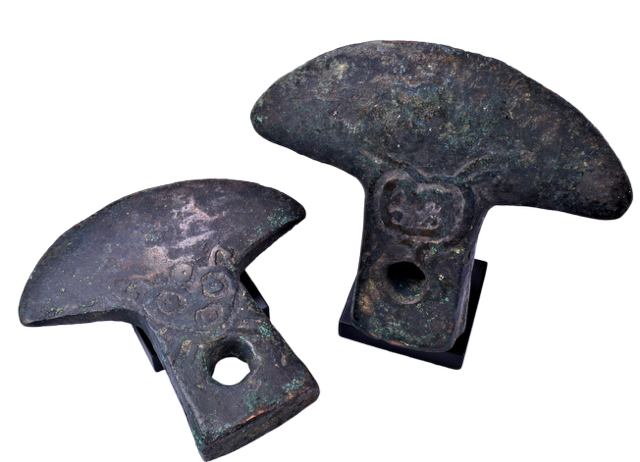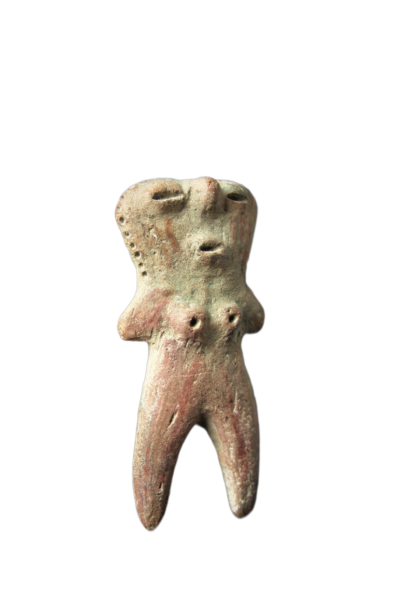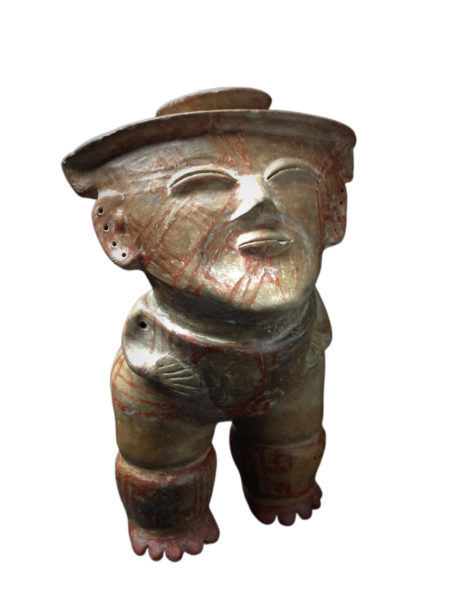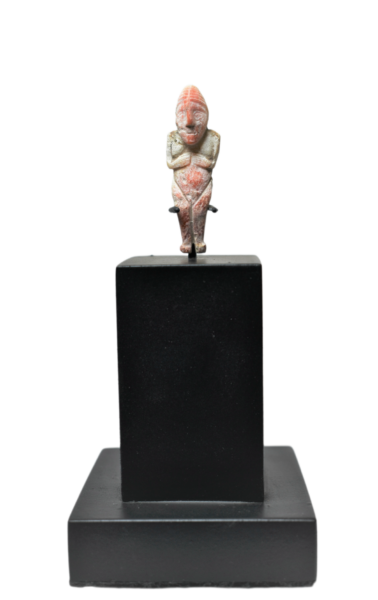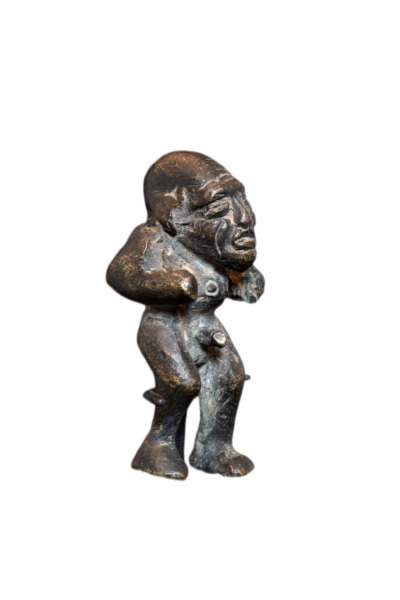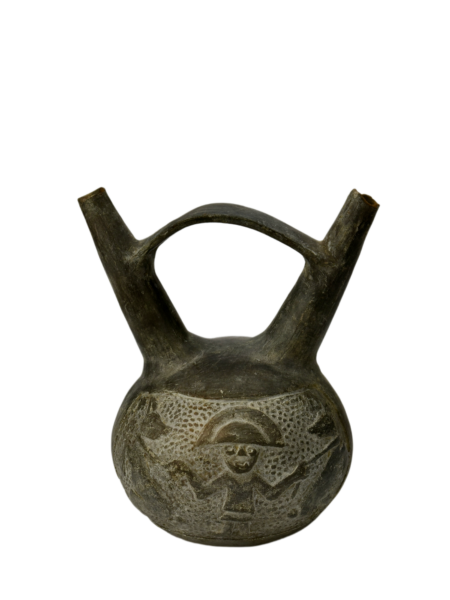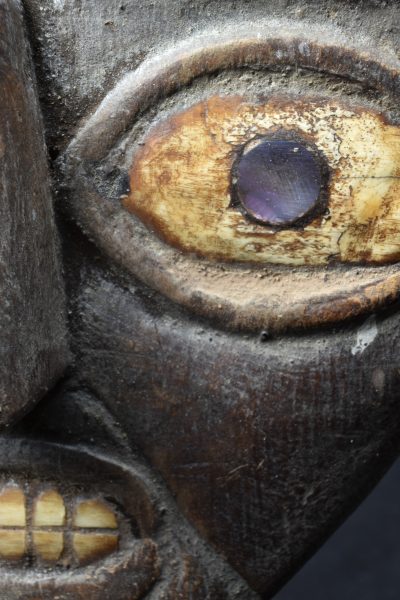Precolumbian Art - South America
South America includes Colombia, Venezuela, Ecuador, Peru, Bolivia, and Argentina
In pre-Columbian Colombia, the principal archaeological cultural phases are Calima, Sinu, Chibcha, Quimbaya, San Agustin, Tairona, Cauca, Nariño, Muisca, Tumaco, and Inca.
In Pre-Columbian Ecuador, the principal archaeological cultural phases include Las Vegas, Valdivia, Machalilla, Cotocollao, Chorrera, Narrio, La Tolita, Guangala, Jamacoaque, Jambeli, Capuli, Bahia, Puruha, Cuasmal, Manteno, Huancavilca, Milagro – Quevedo, Atacames, Canari, and Inca.
In Pre-Columbian Peru, the principal archaeological cultural phases are Chavin, Huari/Wari, Paracas, Vicus, Recuay, Nazca, Salinar, Mochica/Moche, Tiahuanaco/Tiwanaku, Chimu, Ica, Chancay, and Inca.
In Pre-Columbian Bolivia, the principal archaeological cultural phases are Chiripa, Yaya-Mama, Tiahuanaco/Tiwanaku, Huari/Wari, Moxos, and Inca.
In pre-Columbian Argentina, the principal archaeological cultural phase is Condorhuasi-Alamito.
Within this expanse of South American history, visitors will find a fascinating display of Pre-Columbian artistry. The collection will feature pottery that showcases intricate designs and practical forms, stone artifacts carved with symbolic meanings and used for ceremonial or everyday purposes, metal implements, and wooden pieces that highlight the craftsmanship and resourcefulness of the ancient inhabitants. Additionally, textile works will be on display, revealing the complex weaving techniques and vibrant patterns that conveyed cultural identity and tradition. This rich array of artifacts aims to immerse viewers in the depth of South America’s cultural heritage, celebrating the artistry and enduring legacy of its ancient civilizations.
Andean Communication Inca Quipu
Crafted predominantly from cotton, this enigmatic artifact features a primary cord with a 32"/81.28 cm length and 65 pendant cords alternating in segmented...
More Info / InquireInca Warriors Sling (Huaraca-Waraka)
This unique battle sling was well constructed. It was made of twisted human hair and braided with Llama wool. One could speculate the reason for choosing...
More Info / InquireInca Warriors Sling (Huaraca/Waraka)
This is a battle sling from the Inca culture c. 1400s. Made of braided Llama wool. The brown and tan colored center cradle/pouch has a slit to secure the stone
More Info / InquireMochica Seated Bound Prisoner
An extraordinarily expressive wooden Moche III seated bound prisoner. He is uniquely made from a piece of the Aphandra (mastodon palm) tree into a human...
More Info / InquireChancay Mummy Bundle Mask
An excellent, robust Chancay Mummy Bundle Mask. Made from the Alder tree with uniformly applied gritty red cinnabar. Red is the color of the east, the rising...
More Info / InquireInca Bronze Axe Blades with Owl Insignia
A set of two large and heavy Inca Bronze Axes with the sacred Owl "Tuco" insignia - Rare Casted bronze with a half-moon-shaped blade.
More Info / InquireValdivian – Machalilla “Venus” Figurine
A solid Venus figurine from the Machalilla culture, Ecuador. Supersedes in form, the modeled figurines of terminal Valdivian “Venus” types: coffee bean eyes...
More Info / InquireMachalilla Effigy Vessel
The Machalilla culture was an ancient civilization that thrived on the Ecuadorian coast from around 2000 BCE to 800 CE. They are known for their advanced...
More Info / InquireInca Capacocha Spondylus Miniature Effigy
A charming miniature Capacocha female effigy. They were made from the cherished orange Spondylus shell. They would have been covered in clothing...
More Info / InquireInca Hunchback Miniature Figurine
Highly deformed nude hunchback figurine in Bronze. His facial features are remarkable-expressive and detailed Capacocha offering. Hunchbacks were seen as...
More Info / InquireChimú Blackware Double Stirrup Vessel
This is a lovely Chimú black-ware mold-made double stirrup vessel with a bridge handle. The body has decorations and features a crescent headdress figure...
More Info / InquireIncredible Wari False Head Mask
The Wari False Head is a fascinating artifact that offers a glimpse into the past. It is believed to have been created from 1000 to 1470 A.D. and is a...
More Info / Inquire
